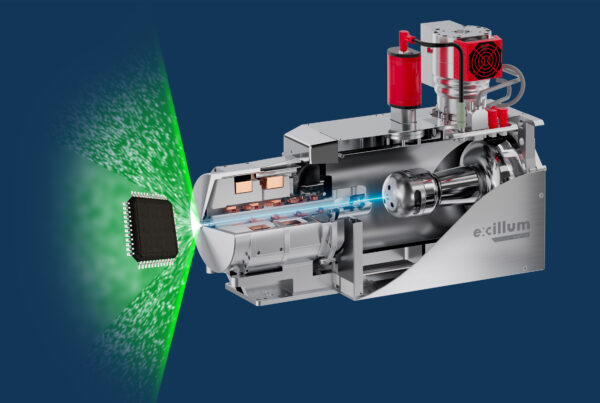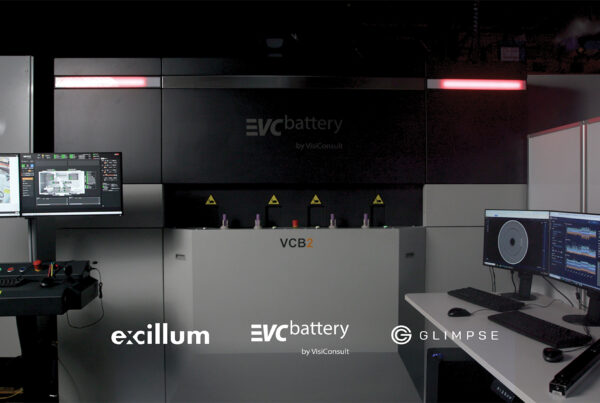Cy M. Jeffries, Jan Ilavsky, Anne Martel, Stephan Hinrichs, Andreas Meyer, Jan Skov Pedersen, Anna V. Sokolova and Dmitri I. Svergun
Nature Reviews, Methods Primers, ID: (2021) 1:70
Small-angle scattering (SAS) is a technique that is able to probe the structural organization of matter and quantify its response to changes in external conditions. X-ray and neutron scattering profiles measured from bulk materials or materials deposited at surfaces arise from nanostructural inhomogeneities of electron or nuclear density. The analysis of SAS data from coherent scattering events provides information about the length scale distributions of material components. Samples for SAS studies may be prepared in situ or under near-native conditions and the measurements performed at various temperatures, pressures, flows, shears or stresses, and in a time-resolved fashion. In this Primer, we provide an overview of SAS, summarizing the types of instrument used, approaches for data collection and calibration, available data analysis methods, structural information that can be obtained using the method, and data depositories, standards and formats. Recent applications of SAS in structural biology and the soft-matter and hard-matter sciences are also discussed.



